Does my child need stabilisers?
Why stabilisers / training wheels are (almost) always a bad idea!
When teaching a child to ride a bike, the traditional way was to put them on a bike with stabilisers (aka Training Wheels), let them pedal around for a bit, then one day decide they’ve had enough practice and let them go on two wheels.
This often led to tears, a feeling of failure for both parent and child, and a bike that was put away for another day.
The increased popularity of balance bikes thankfully means that scenes such as the above are generally a thing of the past.
Many parents now stop and think “should I fit stabilisers to my child’s bike?”
Read on to find out if fitting stabilisers / training wheels is a good idea for your child or not (you may be surprised!)
Cycle Sprog is a reader-supported website. When you buy through links on this page we may earn an affiliate commission.
Why stablisers can be confusing
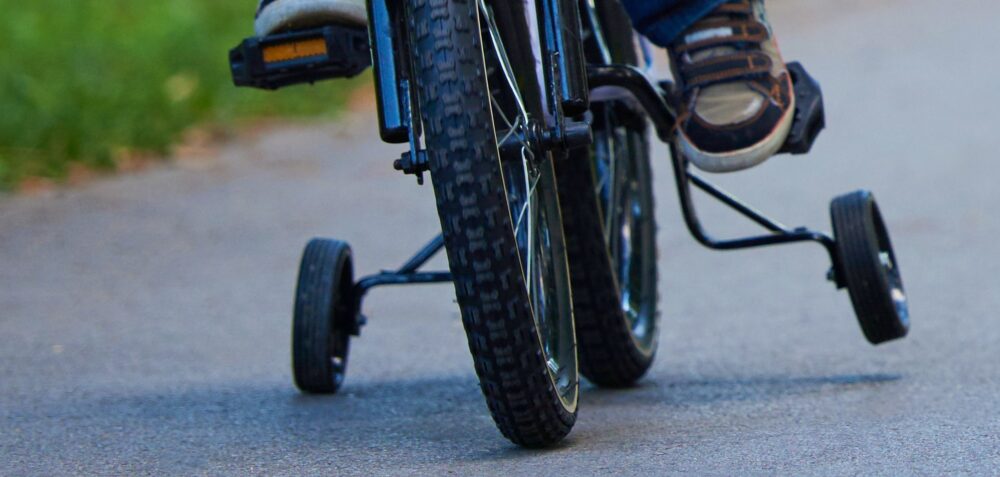
When learning to ride a bike the key element is finding balance, which leads to steering.
Changing direction on a bicycle is a very subtle movement.
To steer, the rider turns their handlebars slightly in the direction of travel.
They then lean in that direction and the tyres track in an arc taking the rider to their desired destination.
When you put stabilisers on a bike, what you’re effectively doing is converting it into a tricycle.
This is a very important point because a tricycle (or bike with training wheels) steers in almost the opposite way to its two-wheeled cousin!
To steer a tricycle the rider turns the bars in to the intended direction of travel.
This puts the riders weight onto the outer most wheel - leaning the rider in the opposite direction to which they’re turning.
If the rider then attempts to ride a bike with no stabiliser the wheel that they were leaning all their weight on is now gone!
This may well lead to a topple, and possibly tears (theirs and yours!)
This is why using stabilisers may actually make it harder to learn to ride a bike, rather than easier, for the vast majority of children.
Thankfully there is a better way to prepare your child for learning to ride a pedal bike.
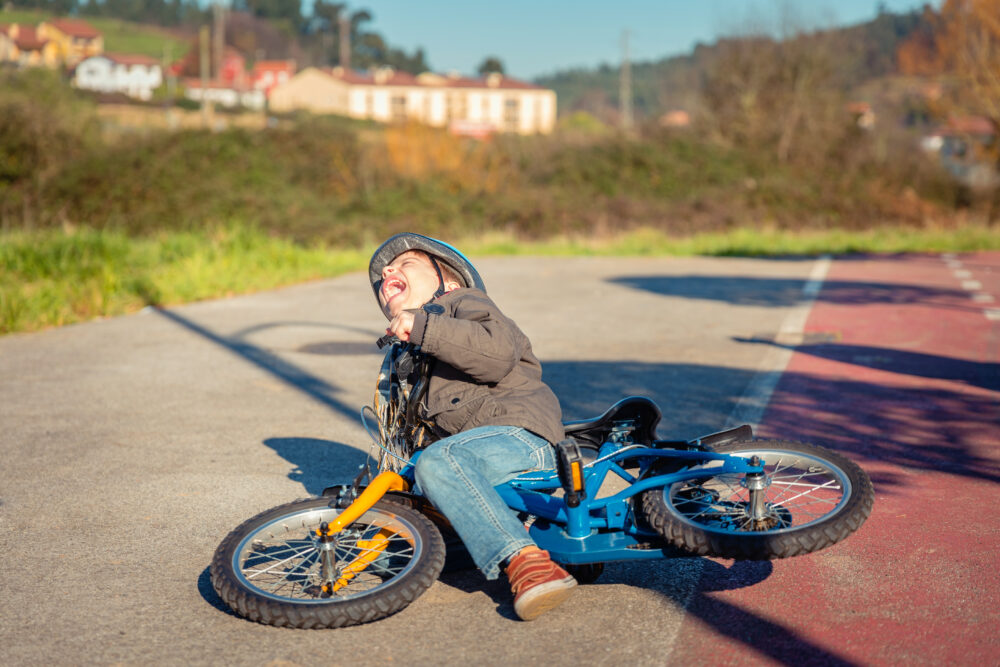
Why balance bikes work
Balance bikes put the rider in full control of the bike from day 1.
They remove the complication of pedals, a child can get their feet flat on the floor and act as their own stabilisers.
In the early days this often means your child will simply walk with the balance bike as they go.
When they begin getting the hang of it, they will start putting their weight on the saddle allowing them to propel themselves with their legs.
This is the point where bicycle balance is learnt, because their next progression will be fleeting moments when their feet are off the ground.
They stay upright by making micro corrections with their hands and body in order to keep themselves upright.
Before long, they will graduate to scooting and picking up their feet for longer periods of time.
At this point they’ve nailed the balancing skills that they’ll need to ride a bicycle.
This doesn't mean they're ready to go straight onto a pedal bike though.
The cognitive developments a child requires before they can co-ordinate balancing AND pedalling at the same time usually starts to happen between age 3.5 to 4.5yrs.
This is an average and some children will be earlier and some will be later, but it’s a good starting reference.
It is possible that they might be a whizz on a balance bike under 3 years of age, but they may not have developed the skills necessary to pedal at the same time.
It’s important to recognise this and not be too hurried with moving to pedals.
Keeping things entertaining and unpressurised is the key to success.
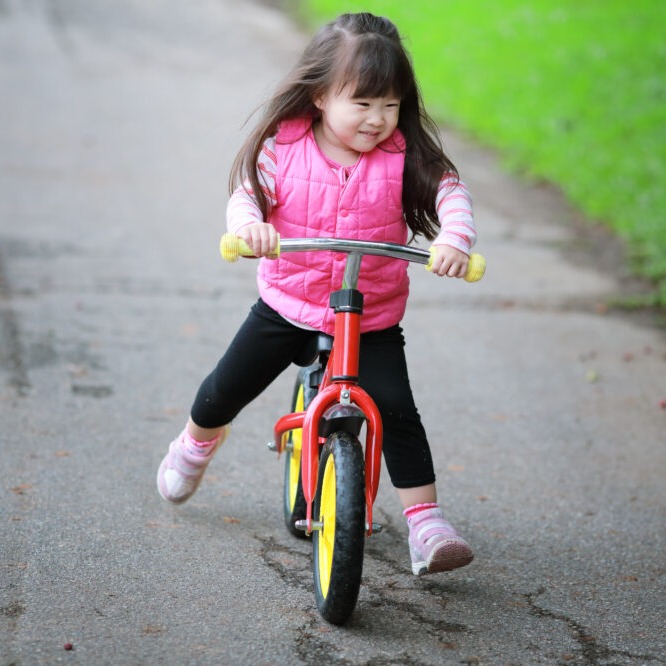
We don't have a balance bike, what now?
If you don't have a balance bike, no need to worry! You can convert your child's current pedal bike into a balance bike now following these simple steps.
Or you can check out our articles on the best balance bikes:
When stabilisers can be great for teaching your child to ride a bike
Not all children will take to a balance bike, and it's certainly not essential your child has one. (After all generations have learnt to ride without them!)
In particular, there are a range of additional support needs in children and adults where using stabilisers is a great option.
For instance, anyone who has any motor coordination difficulties who may struggle to coordinate and balance, can really benefit from the additional support that stabilisers give, especially if they are unable to use a balance bike initially.
Stabilisers can also really help with learning the pedalling action in a controlled and safe way, which can help to build muscle memory as well as developing muscle strength.
Finding a bicycle that has a dedicated tool-free stabiliser attachment can be really beneficial as switching between a balance bike setup on a pedal bike to stabilisers and pedals is really quick and faff free.
This can be a great way to introduce a phased, progressive development of the skill.
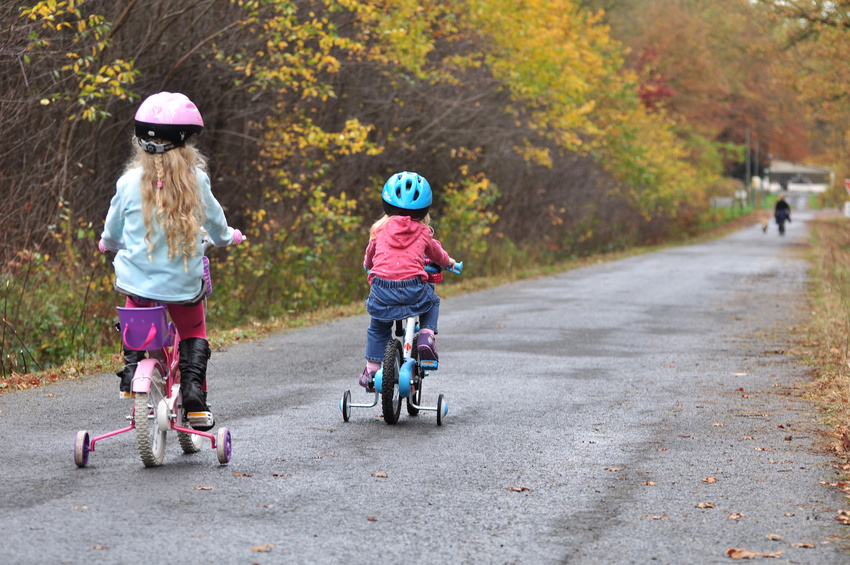
Types of stabiliser
Stabilisers come in a few different “flavours”.
Click here to see a range of different stabilisers available.
Generally speaking they tend to mount directly to the rear dropout of the bike, this is usually with a bolt mount on a single speed bicycle.
Most children’s bike companies tend to have a stabiliser option but they are often an aftermarket product that has not been specifically designed for the bicycle your child is riding.
The main drawback of this type of stabiliser is that they are often ill-fitting and can lead to damage of the frame/paintwork.
Quick release stabilisers
Some bike brands sell tool free stabilisers designed to fit their specific bikes, which makes adding and removing the stabilisers much easier.
Examples include tool free stabilisers for Decathlons B'Twin 16" wheel bike range and Islabikes stabilisers which can still be bought for their 14" to 20" Cnoc models.
Stabilisers for larger kids bikes
If you’re trying to mount stabilisers to a bike which has a quick release style wheel fixture or a bike with gears on an older child's/adult bike then it does tend to get a little more complicated.
There are some stabilisers designed to fit geared bikes with wheels up to 24" in diameter.
Stabilisers for adult bikes do exist but they are much less common and therefore tend to be on the more expensive side.
Other articles you might be interested in:
- Choosing the best balance bike for your child
- Buying a balance bike for your toddler? 10 things you need to know
- Best bike helmets for kids
- How to measure your child's head for a bike helmet
- Should my child wear a bike helmet?
- Family Cycling Podcast; Balance Bikes
- Big balance bikes for taller children
- Hornit AIRO balance bike review
Easter holiday rides
Recent posts
-
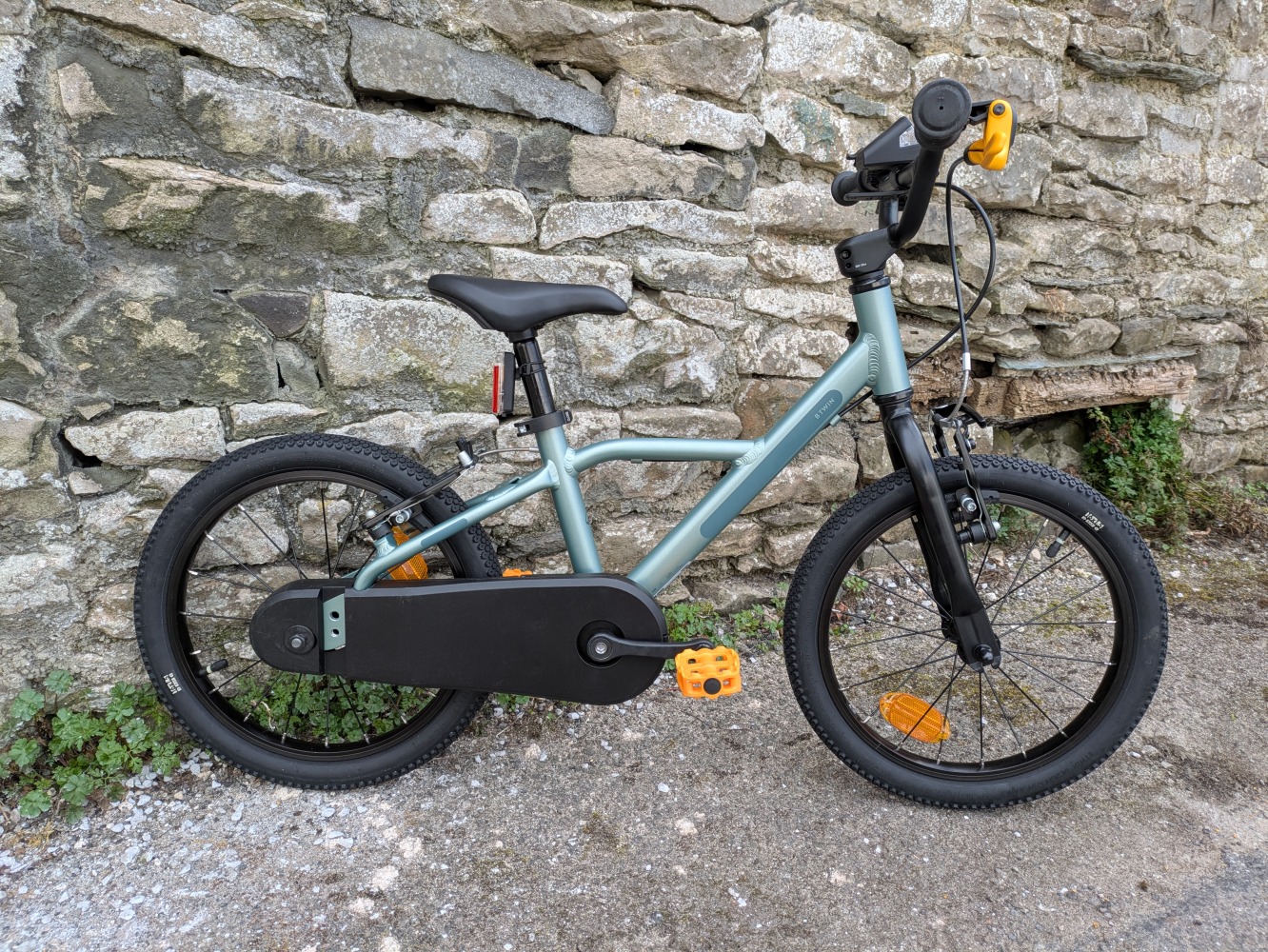 BTWIN 16” Discover 900 First Impressions Review: A budget-friendly 16″ Decathlon bike
BTWIN 16” Discover 900 First Impressions Review: A budget-friendly 16″ Decathlon bike
-
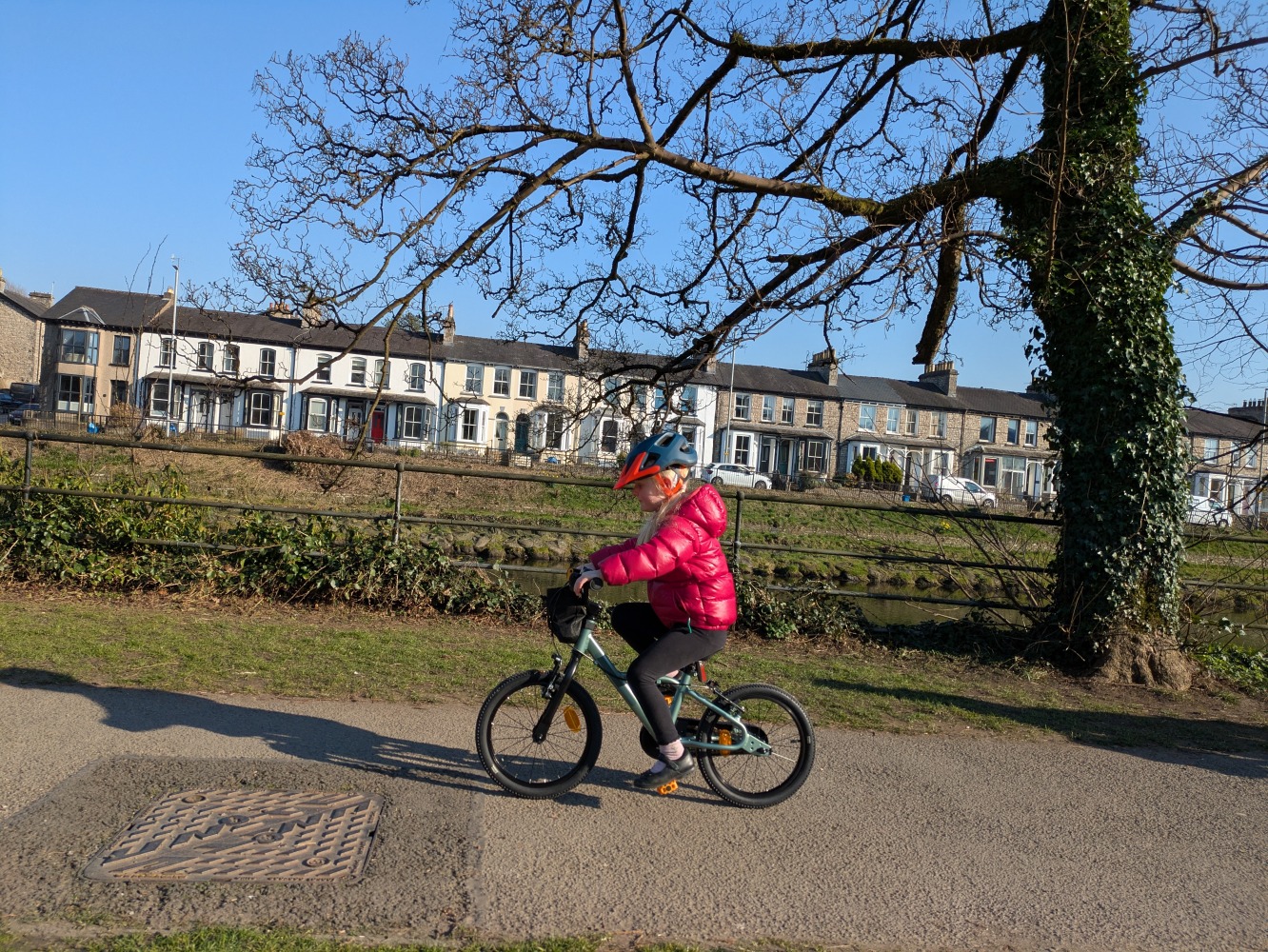 BTWIN kids’ bikes: a comprehensive range overview
BTWIN kids’ bikes: a comprehensive range overview
-
 3 incredible traffic-free family cycling routes in Austria & Italy
3 incredible traffic-free family cycling routes in Austria & Italy
-
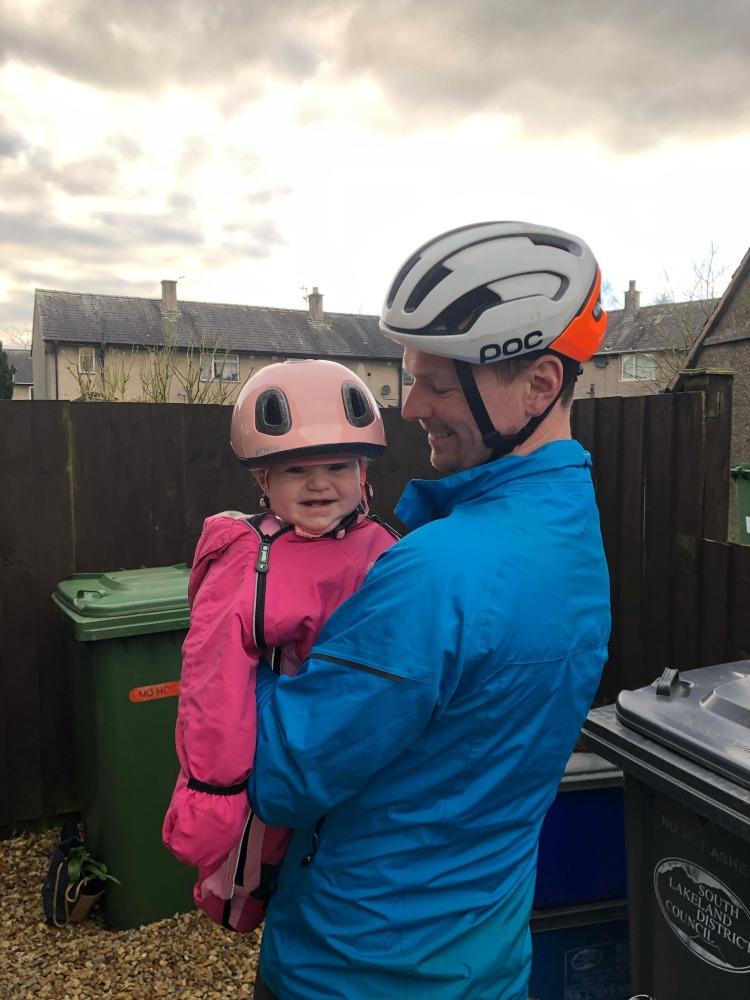 BTWIN 500 Baby Helmet Review: the smallest bike helmet available in the UK
BTWIN 500 Baby Helmet Review: the smallest bike helmet available in the UK
-
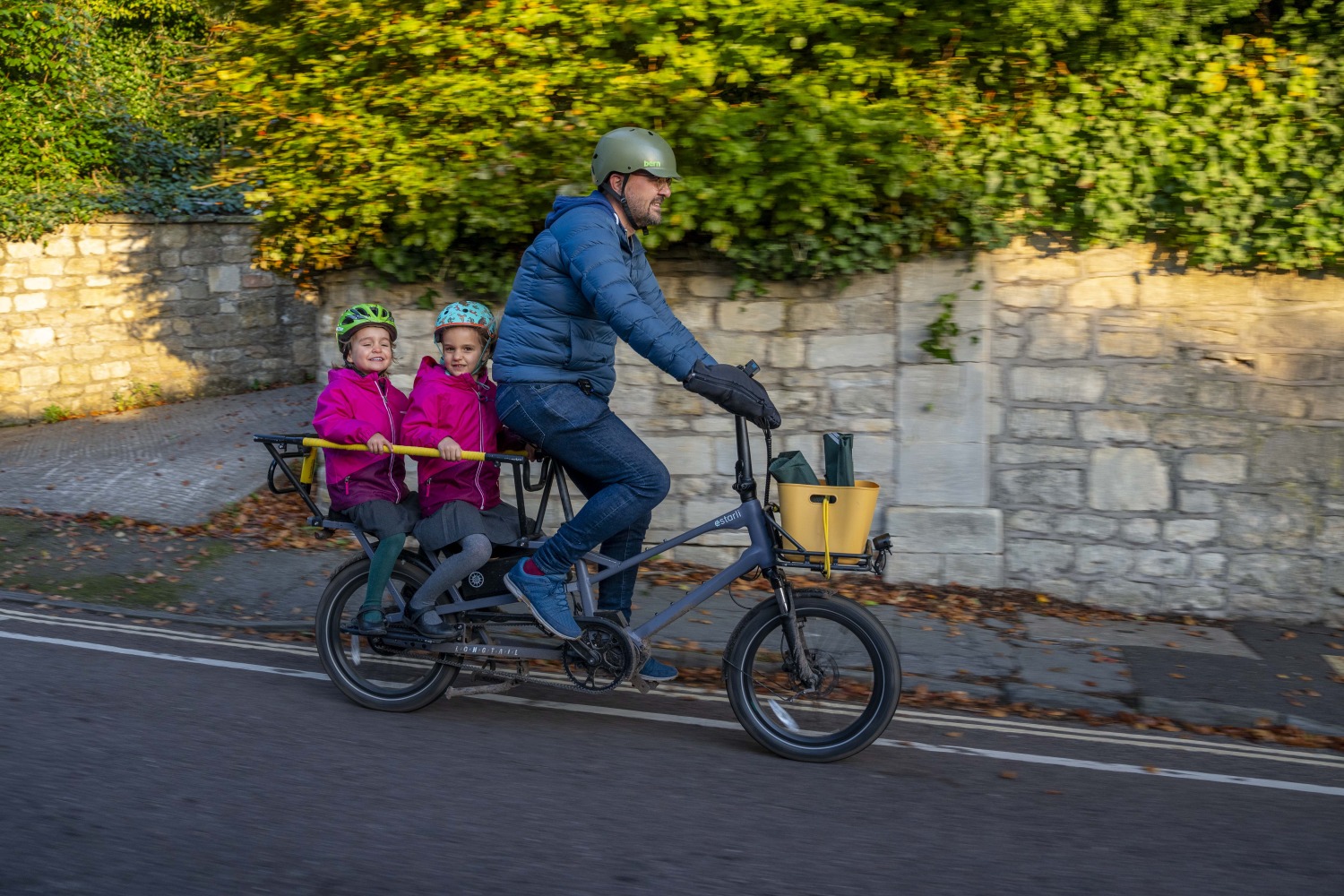 The joy of cargo biking – How electric cargo bikes are transforming family life
The joy of cargo biking – How electric cargo bikes are transforming family life
-
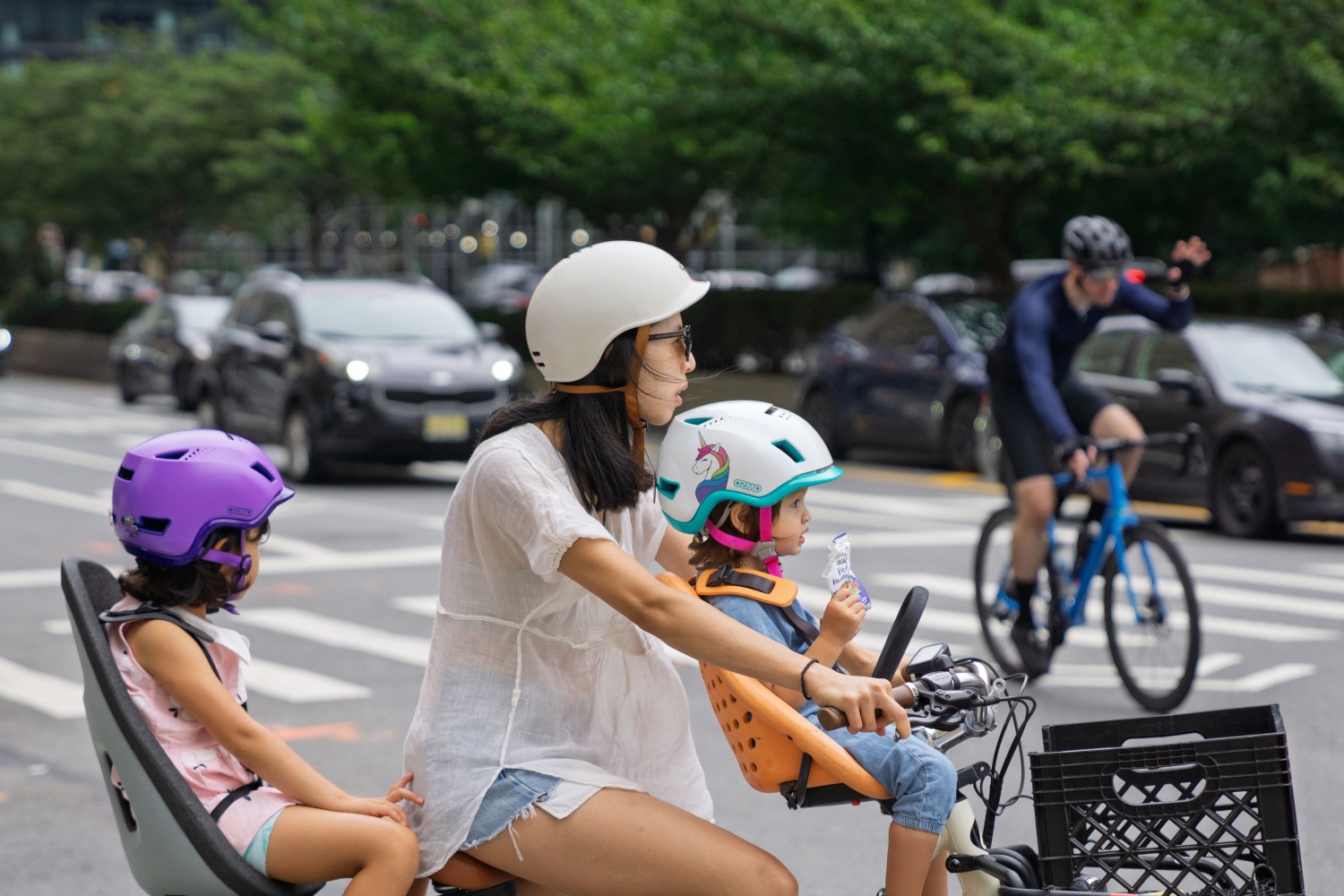 First e-bike helmet for babies: the Ozmo Helmets Kickstarter campaign
First e-bike helmet for babies: the Ozmo Helmets Kickstarter campaign
-
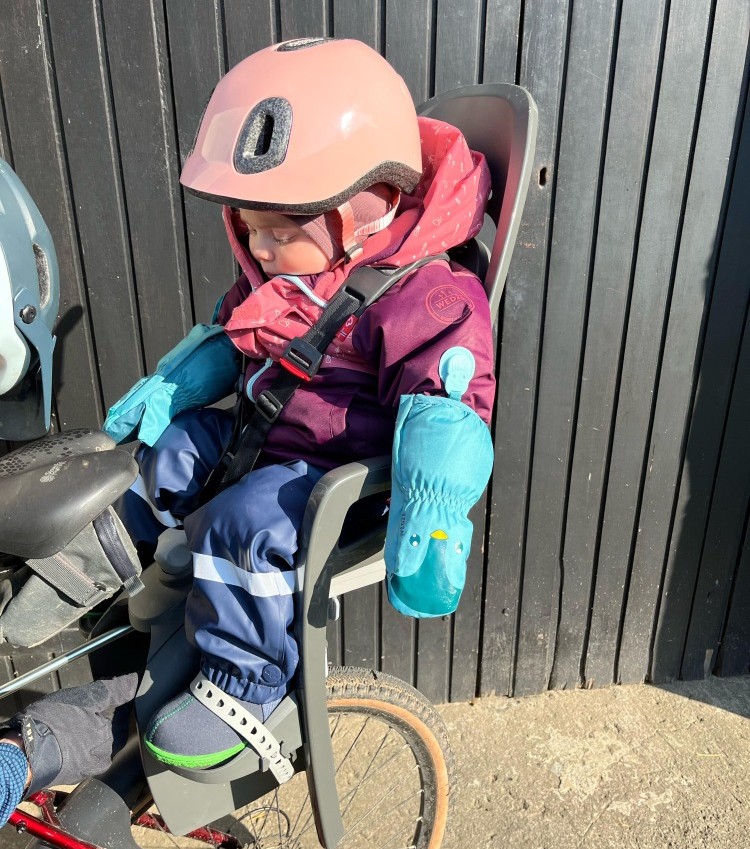 Hamax Zenith Relax Review: A reclining rear bike seat
Hamax Zenith Relax Review: A reclining rear bike seat
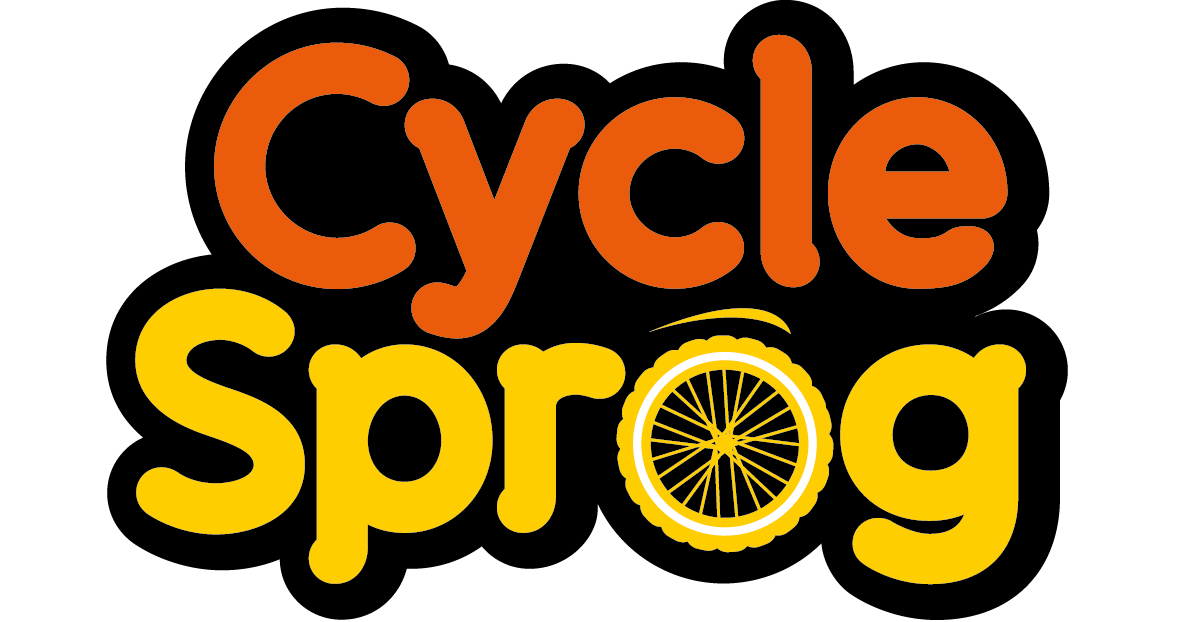
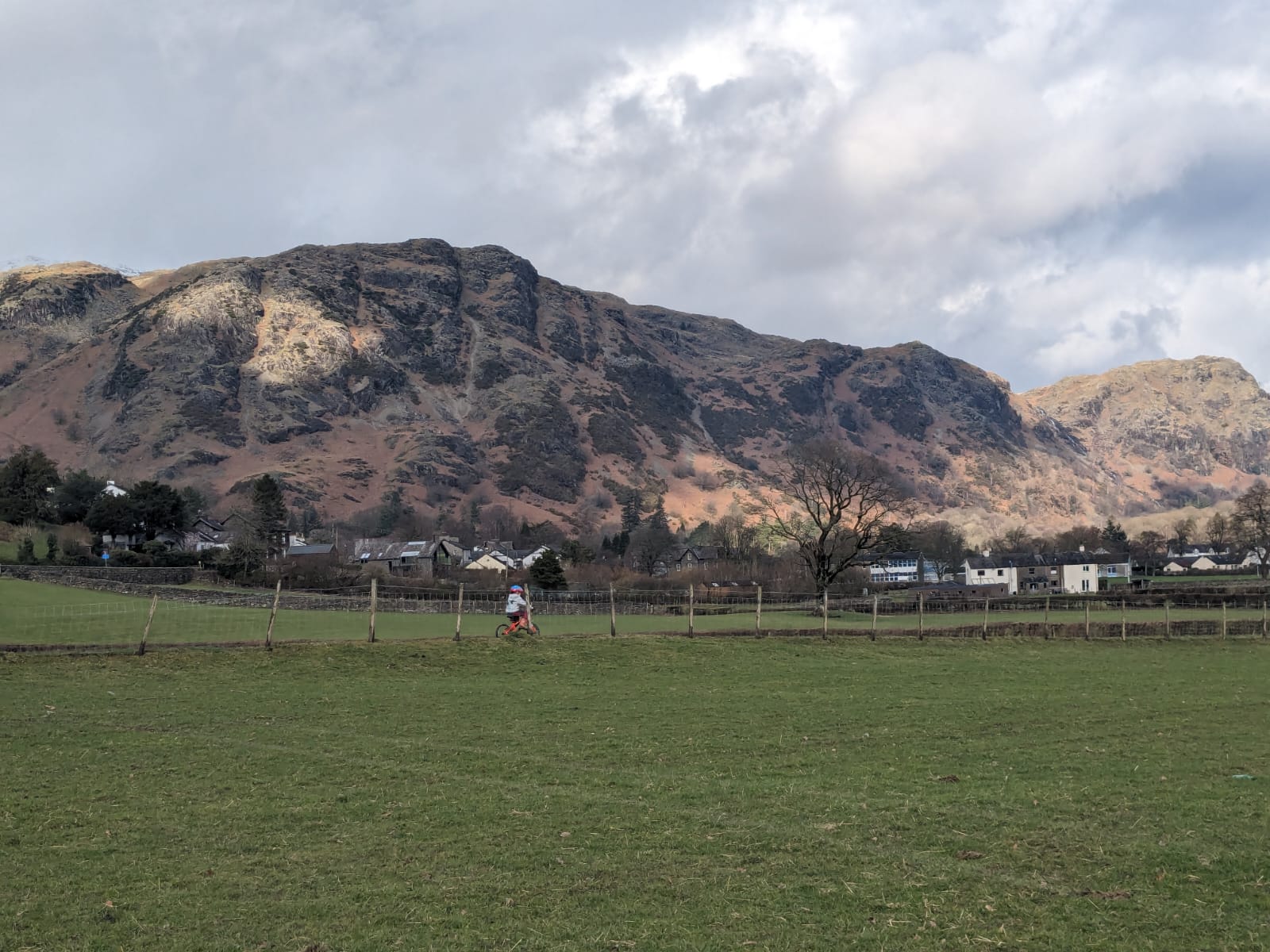
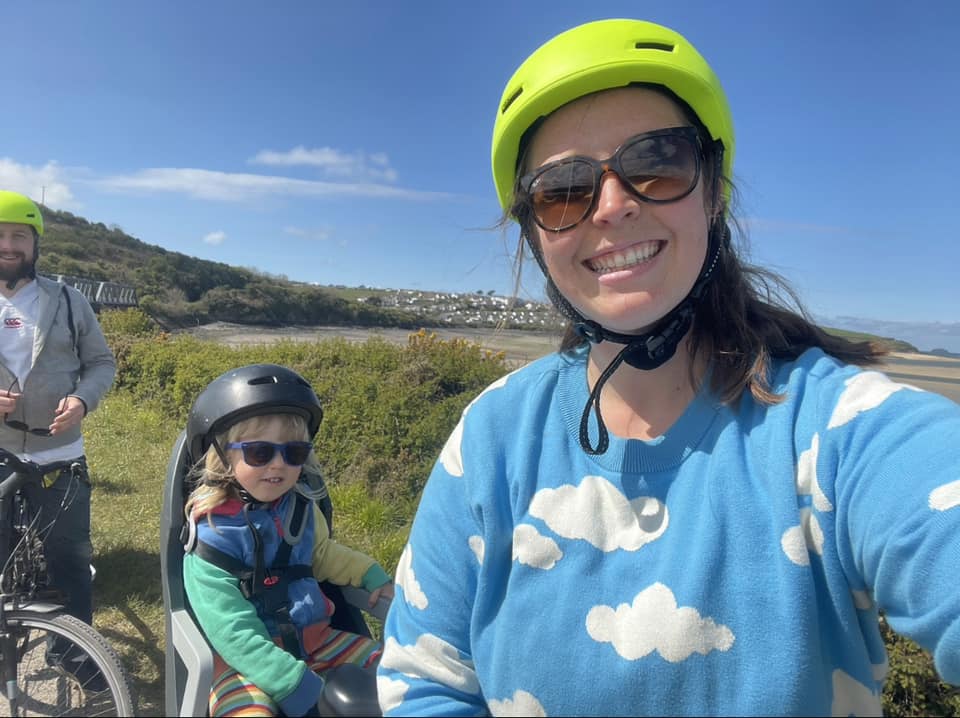
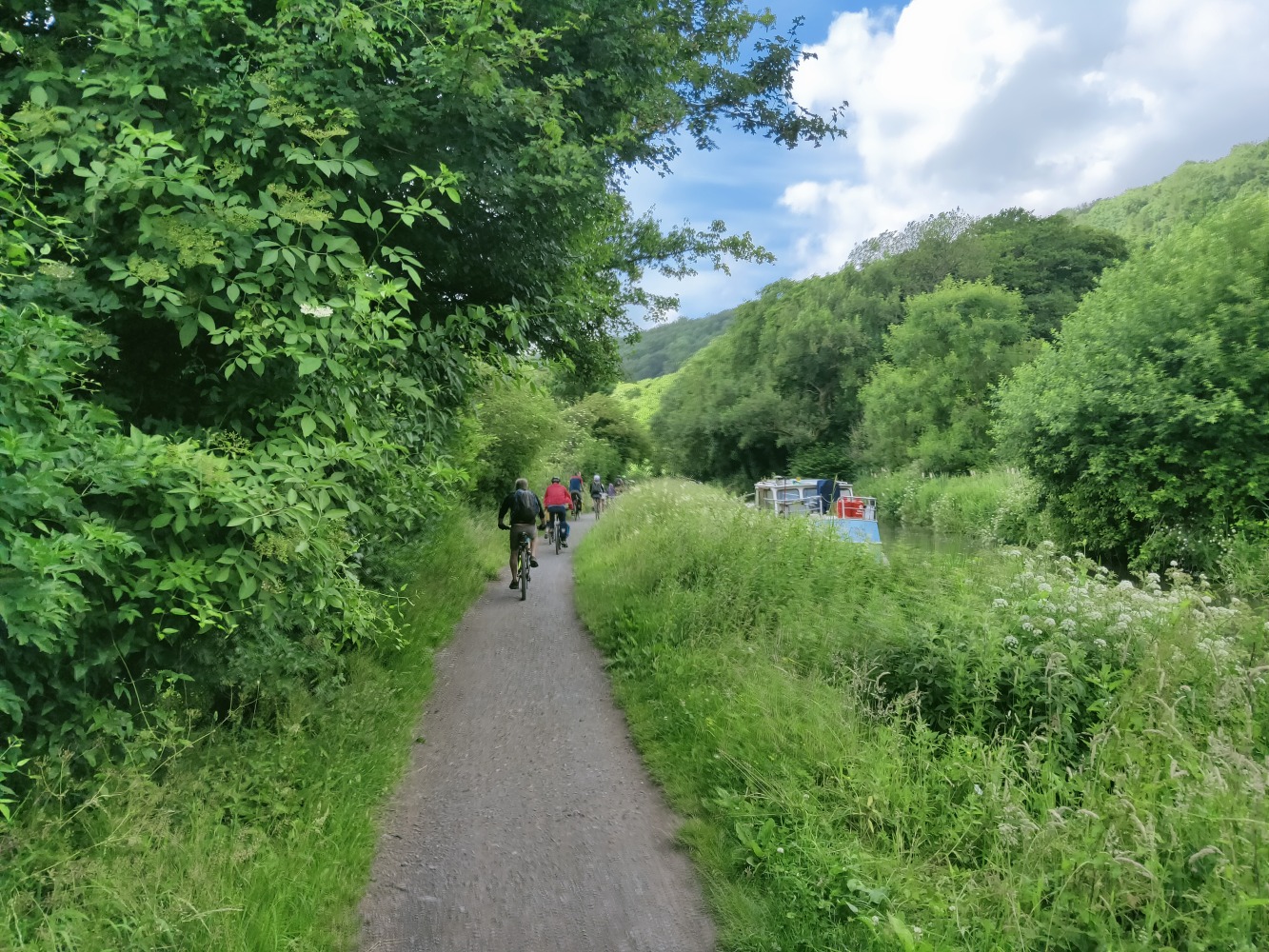
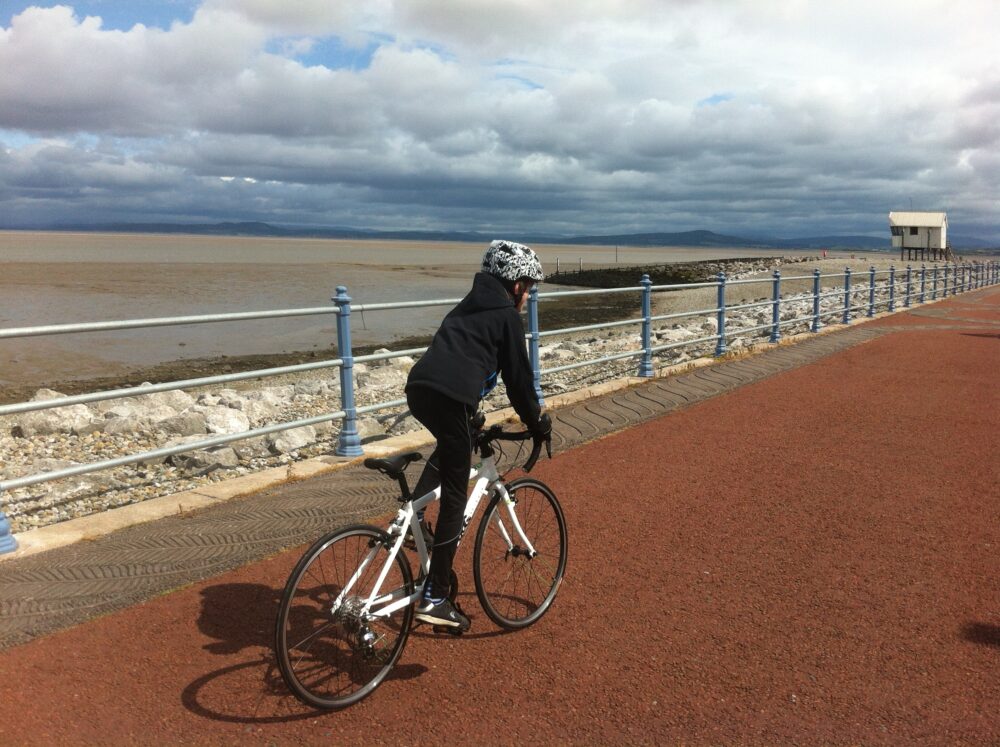

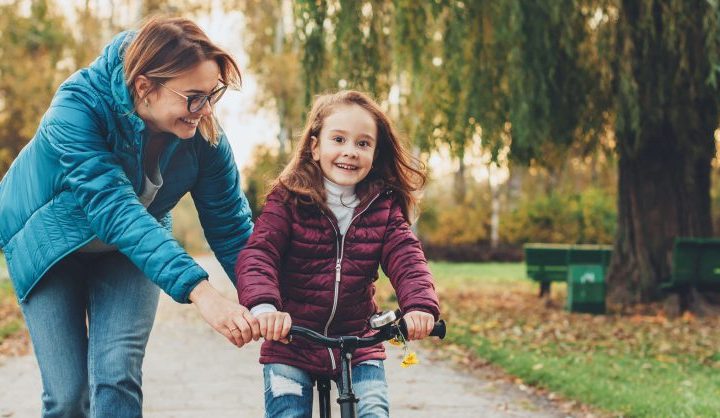
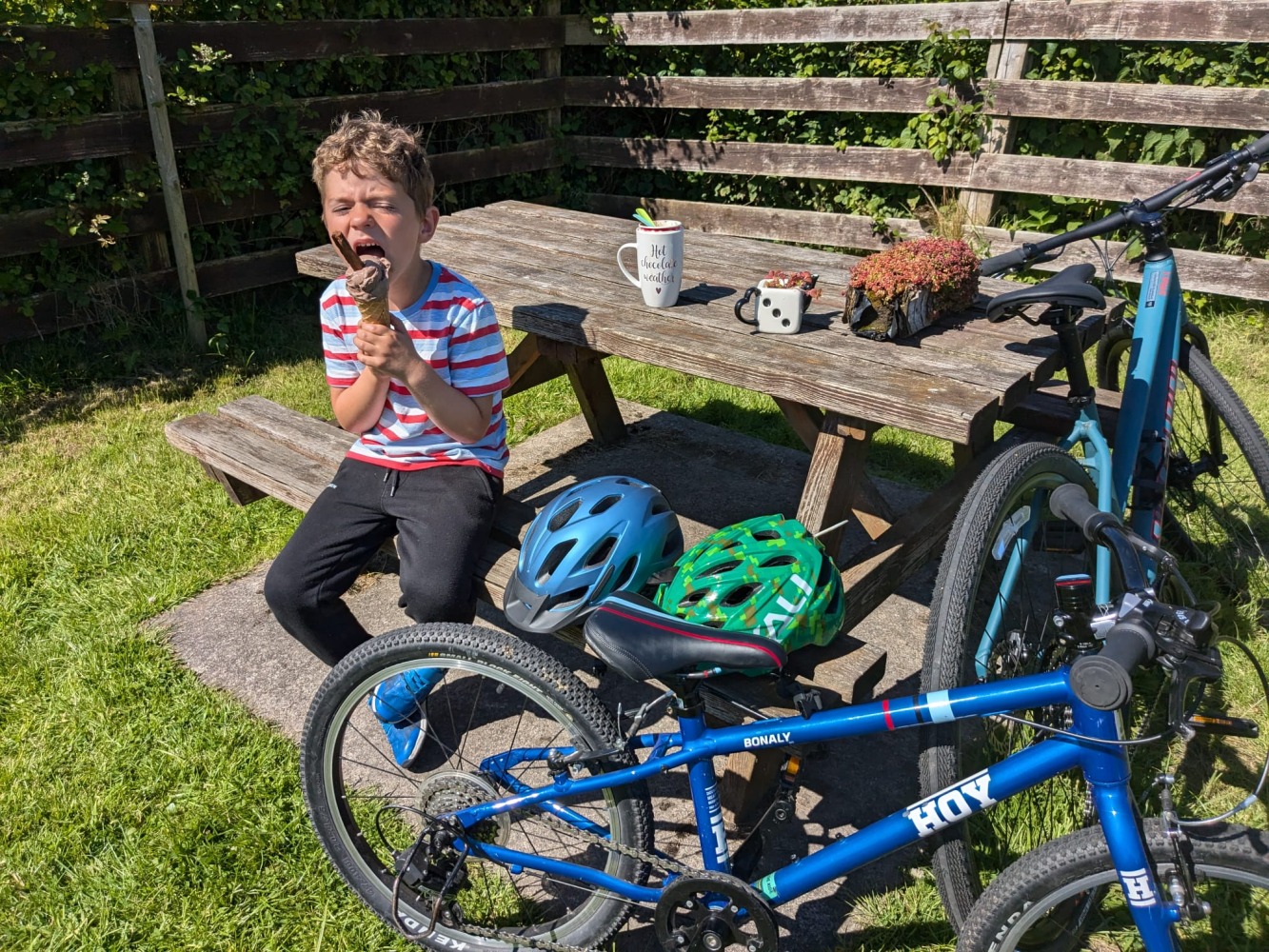
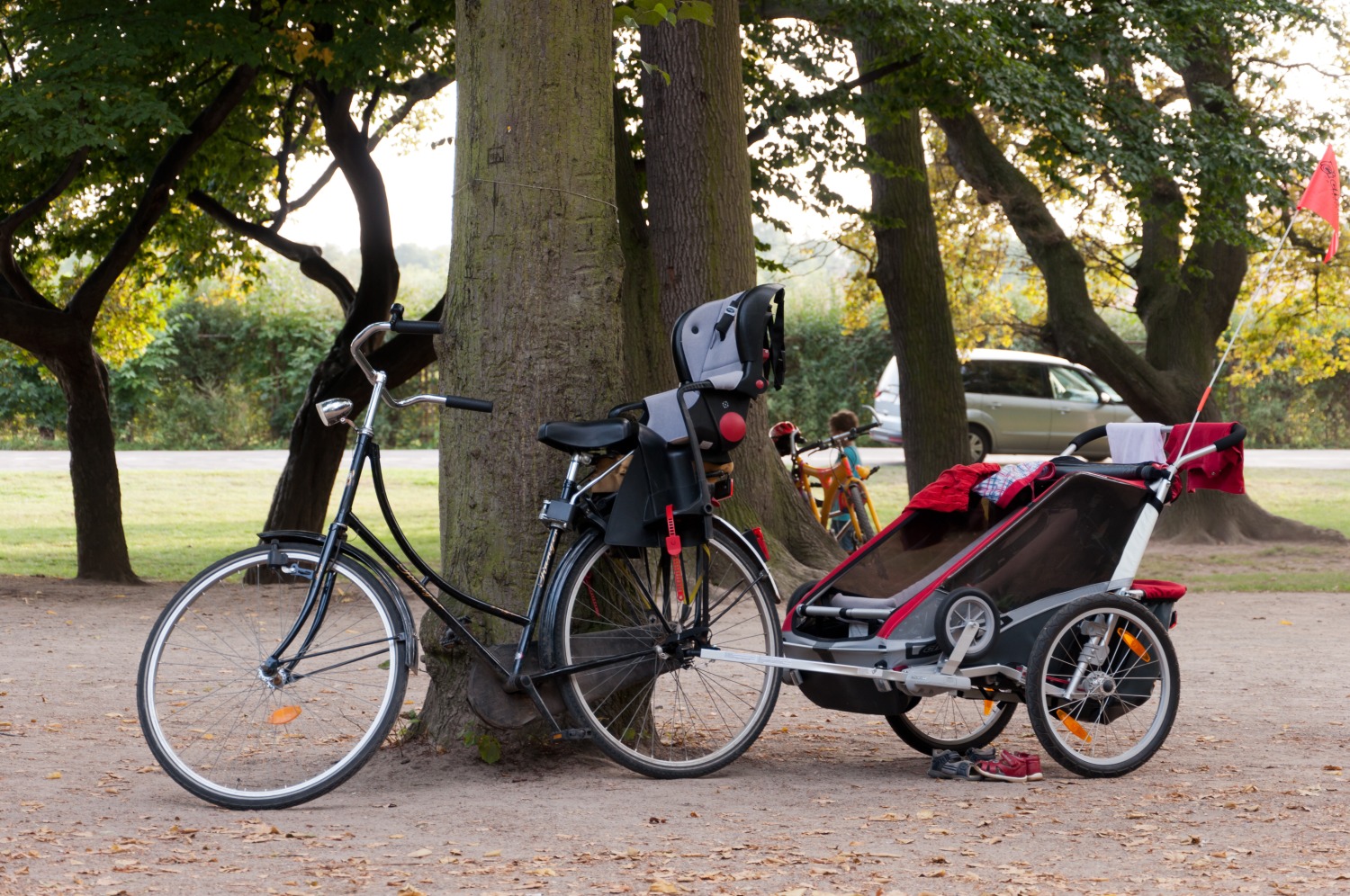
Comments